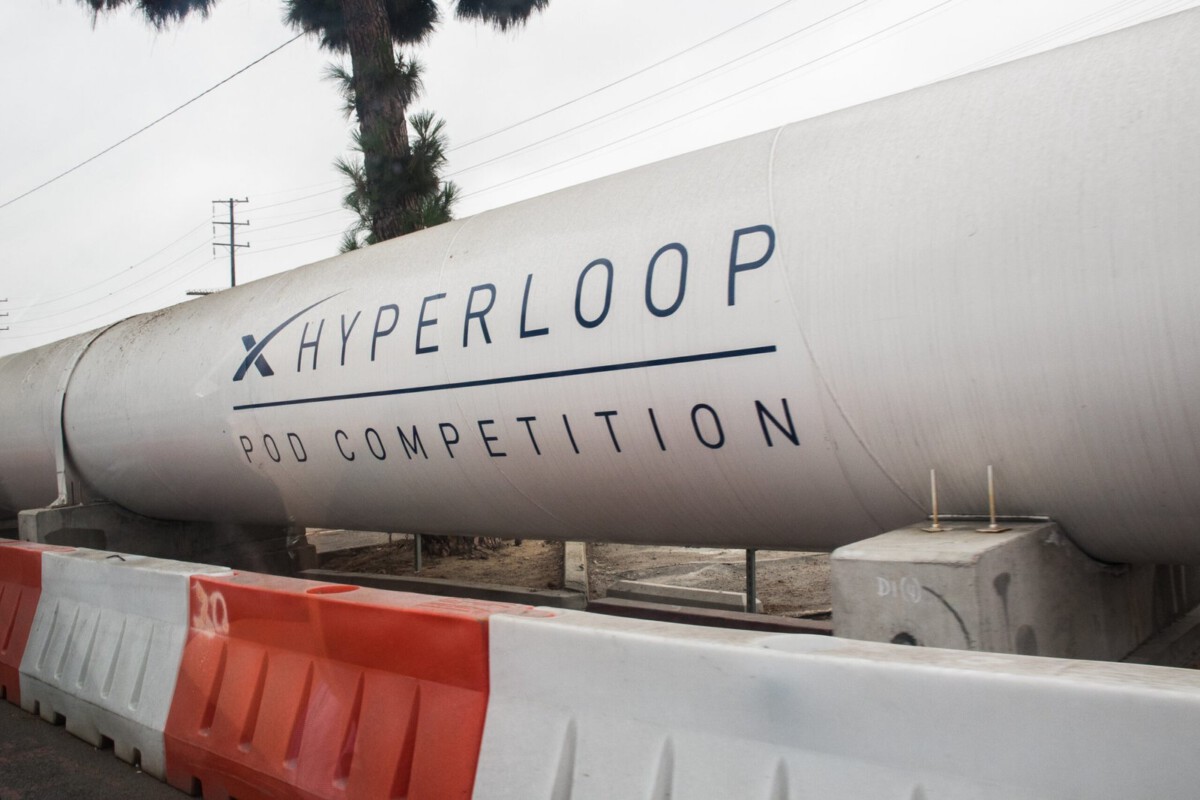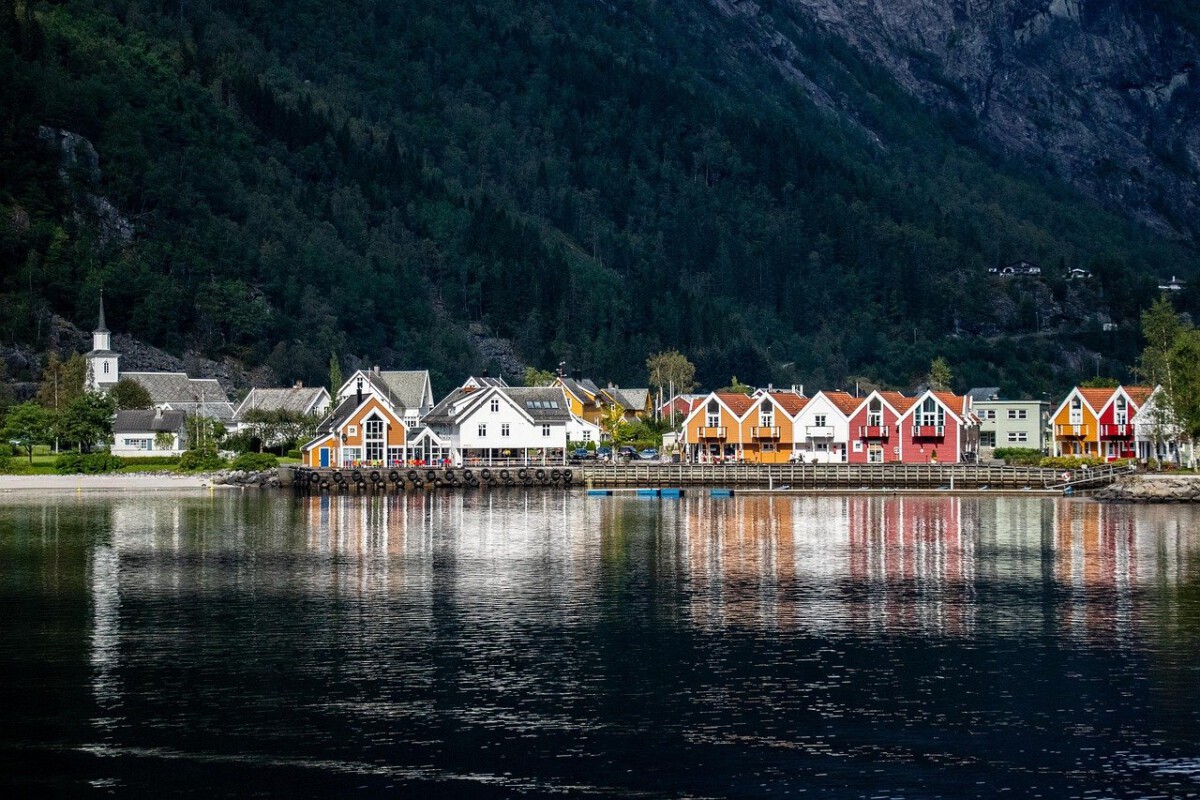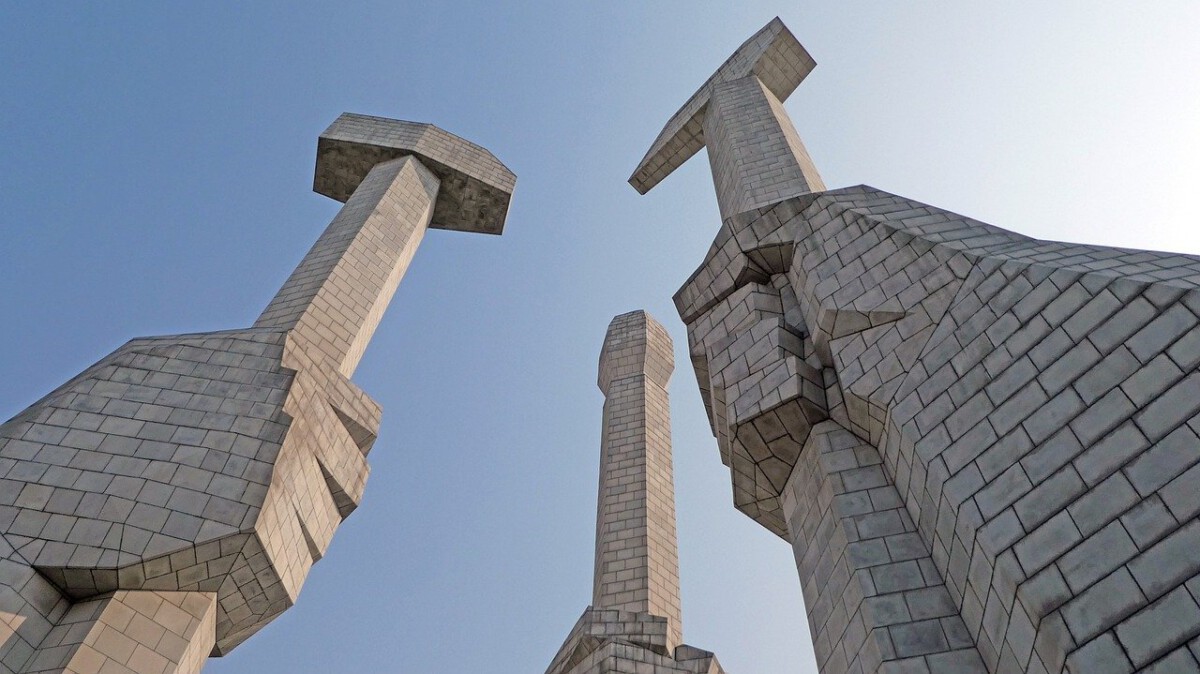The Birth of a New Travel Revolution

Imagine soaring between cities at speeds that feel almost unreal. That’s the promise of Hyperloop, a futuristic transportation concept first introduced by Elon Musk in 2013. Instead of relying on old-fashioned tracks or crowded highways, the Hyperloop uses pressurized tubes and magnetic levitation to push passenger pods faster than most airplanes. By 2023, companies like Virgin Hyperloop and The Boring Company have been racing ahead with real-world prototypes and test tracks. This isn’t just another wild idea—serious money and research are flowing in, and governments are starting to take notice. Hyperloop’s cutting-edge design aims to slash travel times and redefine what’s possible for regional movement. Its sleek pods and vacuum tubes are set to change not just how we travel, but how we live and work. The world is watching closely to see how quickly this bold vision will become part of daily life.
Unmatched Speed: Faster Than Planes and Trains

Hyperloop’s speed is nothing short of astonishing, with test models aiming to reach up to 760 miles per hour. Imagine getting from Los Angeles to San Francisco in under 30 minutes—a trip that takes nearly six hours by car, or an hour and a half by plane when counting airport wait times. These travel times could make daily commutes between far-away cities a real possibility for millions of people. The Massachusetts Institute of Technology found that Hyperloop could reduce average travel times by up to 90% compared to traditional rail. This means less time wasted and more time spent on what matters. Fast connections could also help smaller cities grow, as people gain easy access to jobs and resources in bigger hubs. Hyperloop’s efficiency isn’t just theoretical; working prototypes are already showing what’s possible. With each test run, the dream of lightning-fast regional travel moves closer to reality.
Eco-Friendly Innovation: A Cleaner Way to Travel

The Hyperloop isn’t just about speed—it’s about saving the planet, too. By using renewable energy like solar power to run its systems, the Hyperloop is designed to leave a much smaller carbon footprint than planes or cars. The International Energy Agency reports that transportation is responsible for nearly a quarter of all global CO2 emissions. Hyperloop’s energy-efficient operation promises to help cut these numbers dramatically, especially as cities grow and demand for travel rises. Its infrastructure requires less land than highways and traditional railways, helping preserve natural spaces and habitats. Hyperloop’s low-energy use per passenger mile could make it the most environmentally friendly way to travel long distances. The system’s focus on sustainability aligns with global efforts to fight climate change. As more regions face pollution and congestion problems, the Hyperloop offers a hopeful solution for cleaner, greener travel.
Boosting Regional Economies

Hyperloop projects could spark economic growth in ways many people haven’t considered. Building and maintaining these systems would create thousands of jobs in engineering, construction, and operations. The Hyperloop Transportation Technologies report estimates that the construction phase alone could generate a surge in local employment. Once operational, Hyperloop could draw tourists, help businesses expand their reach, and connect workers to new job markets. The Brookings Institution has found that improvements in transportation infrastructure can boost regional GDP by 10-15%. These benefits can ripple out, supporting small businesses and encouraging investment in areas that were once too far from urban centers. Hyperloop’s ability to move people quickly and affordably could level the playing field for smaller cities. The technology could even revitalize struggling communities by making them more accessible.
Putting Safety First: How the Hyperloop Protects Passengers

When it comes to new technology, safety is always top of mind. Hyperloop designers are building in multiple layers of protection, from automated controls to emergency evacuation plans. The low-pressure tube environment shields travelers from harsh weather, a key advantage over cars and planes. According to the National Highway Traffic Safety Administration, road accidents are far more common than train or air disasters, making Hyperloop’s controlled environment potentially much safer. The pods themselves are engineered to withstand high speeds and sudden stops, reducing the risk of injury. Continuous monitoring systems check for problems in real time, ready to trigger emergency protocols if needed. Hyperloop companies are working closely with safety experts to ensure that every trip is as secure as possible. As more test runs happen, each lesson learned is used to make the system even safer.
Overcoming Doubts: Winning Public Trust

Despite the buzz, not everyone is convinced that Hyperloop is the future. Many people worry about the safety of traveling in vacuum tubes at such high speeds, or doubt whether the technology will ever be affordable or practical. A survey by the Pew Research Center found that only 30% of Americans are even familiar with the Hyperloop concept. Companies are responding by offering more public demonstrations and educational campaigns, hoping to build excitement and trust. Addressing concerns openly—about costs, safety, and environmental impacts—is crucial for winning over skeptical communities. Public opinion can make or break big infrastructure projects, so Hyperloop builders are eager to listen and adapt. The more people see the system in action, the more likely they are to support it. Changing minds is a slow process, but every new test brings the public a step closer to acceptance.
Government and Regulation: The Roadblocks Ahead

Getting the Hyperloop off the ground isn’t just an engineering challenge—it’s a regulatory marathon. Governments and transportation agencies need to create new rules and safety standards for this technology, since it doesn’t fit neatly into existing categories. The Federal Railroad Administration and similar bodies around the world are working with companies to draft these guidelines. This process can take years, as officials balance innovation with public safety. Financing is another big hurdle—Hyperloop projects require huge investments, and public-private partnerships may be the only way to get them built, according to the World Economic Forum. Securing land, handling permits, and coordinating with local governments add more complexity. Delays and setbacks are common, but regulatory progress is essential for moving forward. Every breakthrough in policy brings the Hyperloop closer to reality.
The Global Race: Who Will Lead?

Countries around the world are competing to be the first to launch a working Hyperloop. The United Arab Emirates is building a Hyperloop link between Abu Dhabi and Dubai, aiming to cut travel times to just 12 minutes. India has announced plans for a Hyperloop route between Mumbai and Pune, which could move millions of people each year. According to ResearchAndMarkets, the Hyperloop industry could be worth $6 billion by 2030, attracting investment and talent from all corners of the globe. This race is accelerating innovation, as companies strive to outdo each other with safer, faster, and cheaper systems. International collaboration is also growing, with experts sharing insights and test results. The competition is fierce, but the benefits of success could transform entire regions. The world is watching to see which country will claim the Hyperloop crown.
Transforming Cities and Regional Development

The Hyperloop promises to do more than just move people quickly—it could reshape entire cities and regions. As travel times shrink, people may choose to live farther from their workplaces, spreading out urban populations and easing congestion. The Urban Land Institute found that better transportation often drives up property values and stimulates new business growth. Smaller cities connected by Hyperloop could suddenly become attractive places to live, work, and invest. Planners may need to rethink public transportation, housing, and services to meet the needs of a more mobile population. The ripple effects could include less traffic in city centers, new housing developments in the suburbs, and even revitalized rural communities. Hyperloop could change not just how we get from place to place, but where we choose to build our lives.
The Next Step: Where Does Hyperloop Go From Here?

As of 2023, Hyperloop projects are moving from the drawing board to real-world test tracks, with more pilots and feasibility studies launching each year. Investors are watching closely, eager to see which designs prove safe, efficient, and cost-effective. Governments and private companies are forming alliances to share risks and pool resources. While challenges remain, the successes so far are fueling optimism that regional Hyperloop travel could soon become a reality. New routes are being proposed on almost every continent, showing just how universal the interest in this technology has become. Each milestone reached brings more attention, more funding, and more momentum. The world stands on the brink of a travel revolution unlike anything seen before.



